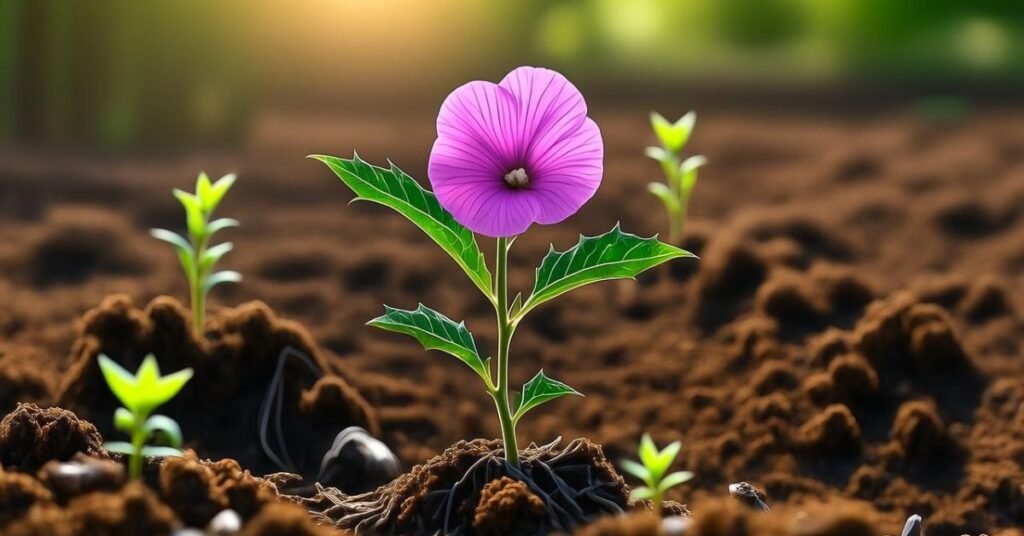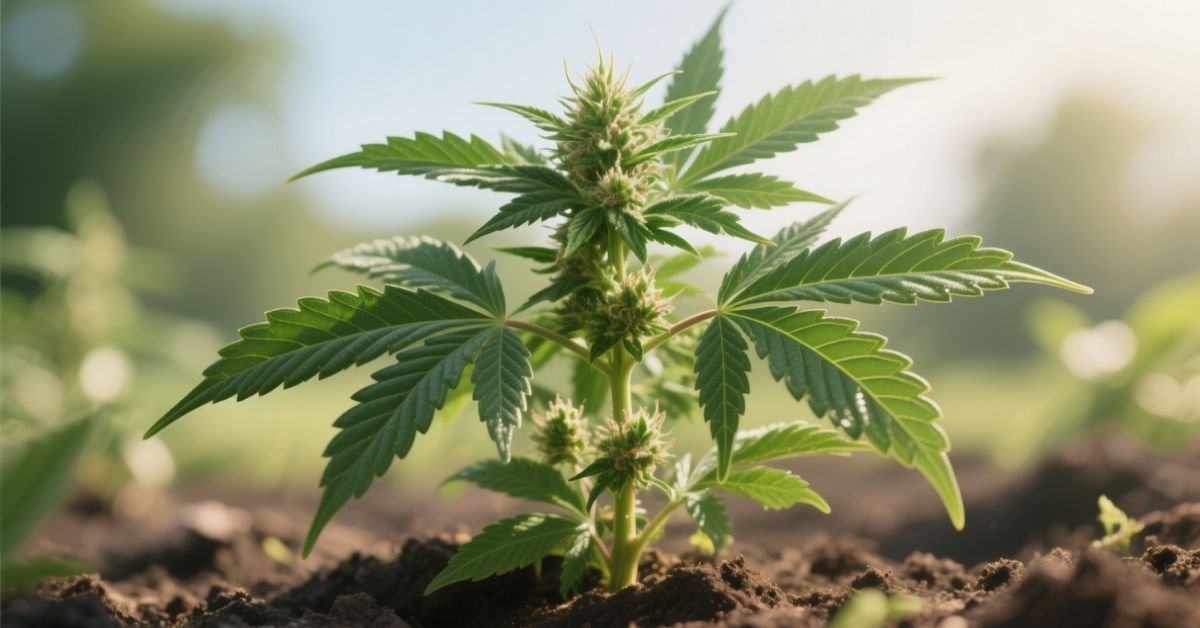Introduction
The cannabis leaves plant grows in different stages. Each stage is important for healthy growth. Plants grow slowly from seeds into mature plants. Every step shows changes in leaves, stems, and overall shape.
Growing cannabis can feel exciting. Each stage brings something new to watch. From small sprouts to full green leaves, the process is full of life. Many growers enjoy seeing the plant transform step by step.
The main stages include germination, seedling, vegetative, and flowering. Germination is when the seed cracks and roots form. Seedlings produce their first small leaves during this stage. Vegetative growth makes the plant taller and stronger. Flowering is the final stage, where buds appear. Each stage needs the right care to keep the plant healthy.
Cannabis Flavonoids: What Are They, and How They Work
Cannabis flavonoids are natural compounds found in the plant. They give color, taste, and smell to the leaves and flowers. These compounds also support the plant’s defense against pests and stress.
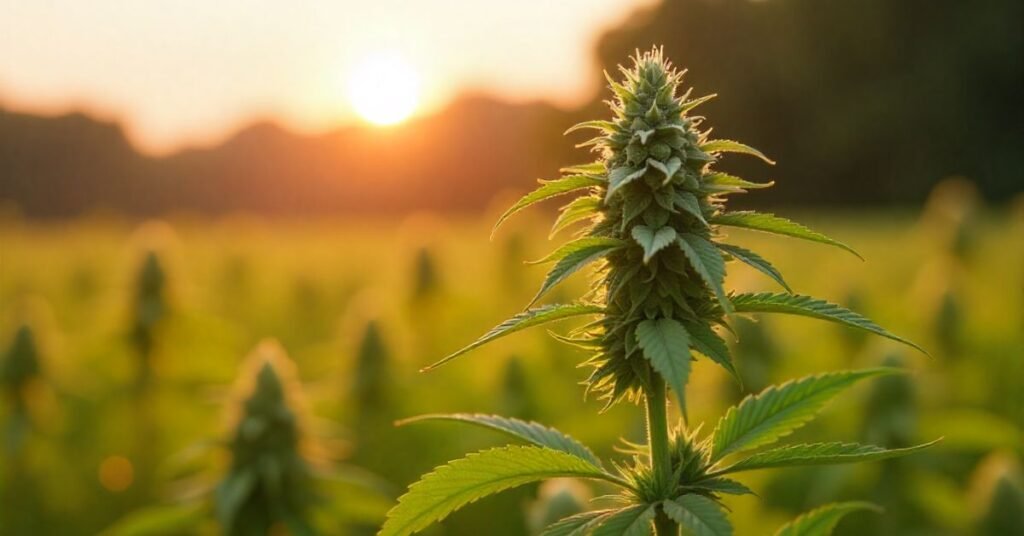
Flavonoids work with cannabinoids and terpenes in the body. They create a stronger effect known as the “entourage effect.” They may also help reduce inflammation and protect cells. This makes them important for both the plant and human health.
Cannabis Leaf Phyllotaxy
Cannabis leaf phyllotaxy explains how leaves grow on the stem. The leaves usually grow in an opposite or alternate pattern. This pattern helps the plant catch more light for photosynthesis. It also allows air to move easily between the leaves. Understanding phyllotaxy helps growers identify healthy growth and spot any problems early.
Leaf Differences Between the Three Main Subspecies
Cannabis has three main subspecies: Indica, Sativa, and Ruderalis. Their leaves look different in shape, size, and number of fingers. Indica leaves are wide and dark. Sativa leaves are long and thin. Ruderalis leaves are small and less defined. Knowing these differences helps in identifying the plant type.
| Subspecies | Leaf Shape | Leaf Size | Number of Fingers | Color |
| Indica | Broad, wide | Large, thick | 7 to 9 | Dark green |
| Sativa | Long, narrow | Thin, tall | 9 to 13 | Light green |
| Ruderalis | Small, narrow | Short, compact | 5 to 7 | Pale green |
The Leaves Can Help Identify Common Growing Mishaps
Cannabis leaves show early signs of plant problems. Yellow tips can mean overwatering or nutrient issues. Pests and diseases can cause brown spots. Curling leaves often signal heat stress or poor airflow. By watching the leaves closely, growers can act quickly. This helps fix mistakes and keeps the plant healthy.
Simple Dry Seasoning
You can make simple dry seasoning with cannabis leaves. First, wash and dry the leaves well. Then grind them into a fine powder. This powder adds flavor and nutrients to your meals. You can sprinkle it on many dishes for a mild taste.
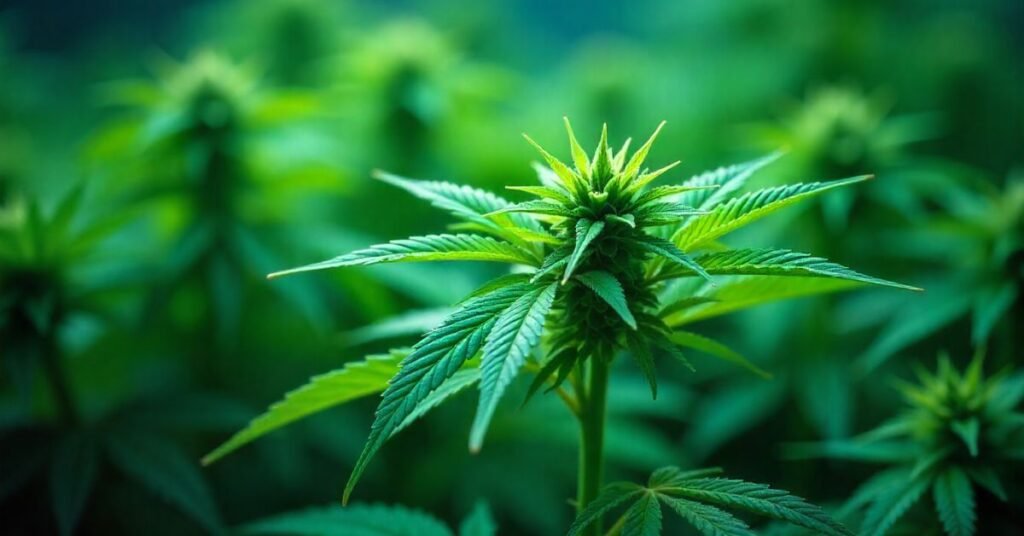
Here are some easy ways to use dry seasoning:
- Add it to soups for extra flavor.
- Sprinkle on salads for a healthy touch.
- Mix with spices for cooking meat or vegetables.
- Blend into sauces or dips for a unique taste.
- Store in a jar to use anytime.
Mutated Patterns Seen in Cannabis Leaves
Sometimes cannabis leaves show mutated patterns. You may see twisted shapes or unusual colors. These changes can appear due to stress. They can also happen from genetics or growing conditions.
Growers often notice odd leaf structures. Some leaves may curl or split in strange ways. These mutations do not always harm the plant. With proper care, the cannabis leaves plant can still grow healthy.
Photosynthesis and Cannabis
Cannabis uses photosynthesis to grow and stay healthy.Taking in sunlight and converting it into energy is what the leaves do. This process helps the plant make food and release oxygen. Good light, water, and air support strong photosynthesis. Healthy photosynthesis means stronger growth and better yield.
- Leaves capture sunlight for energy.
- Water and carbon dioxide mix in the process.
- The plant makes sugars for food.
- Oxygen is released into the air.
- Strong photosynthesis supports bigger and healthier plants.
What to Do with Cannabis Leaves
Cannabis leaves are useful in many ways. You can use them fresh or dried. Some people make tea, while others add them to smoothies. You can also turn them into butter, oil, or juice. Many growers compost extra leaves to enrich the soil. Using the leaves in different ways helps reduce waste and adds value to the plant.
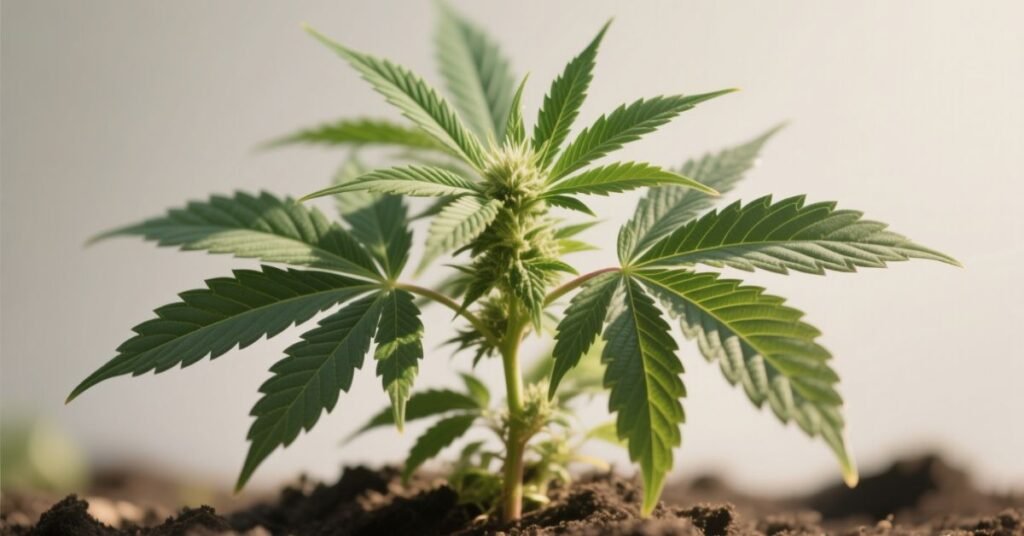
| Use | How It Helps | Common Method |
| Tea | Relaxing and calming | Boil fresh or dried leaves in water |
| Smoothies | Boosts nutrition | Blend fresh leaves with fruits |
| Butter/Oil | Cooking and baking | Infuse leaves with butter or oil |
| Juice | Refreshing and healthy | Press fresh leaves for juice |
| Compost | Improves soil health | Add leaves to compost pile |
Make Cannabis Leaf Tea
Cannabis leaf tea can be made with fresh or dried leaves. Bring water to a boil and add the leaves. Let them steep for a few minutes to release flavor and goodness. Strain the tea and pour it into a cup. You can add honey or lemon for a better taste. This tea is simple, soothing, and easy to enjoy.
Effect of Cannabis on Metabolism and Its Potential for Weight Loss
Cannabis can influence how the body uses energy. It may increase metabolism and help burn calories more quickly. Some studies suggest it can control appetite and balance body weight. It may also affect how fat is stored in the body. While more research is needed, cannabis shows potential for supporting weight loss in a natural way.
Shop Boveda For Cannabis
Boveda keeps cannabis fresh and full of flavor. It balances humidity and protects the flower from drying out or getting too moist. You only need to place the pack in a jar or container. It works on its own without any setup. Many growers and users trust Boveda to preserve quality. Shopping Boveda for cannabis is an easy way to keep your stash in perfect condition.
Use Cannabis Leaves for Juicing
You can use fresh cannabis leaves for healthy juice. Wash the leaves well and blend them with fruits or vegetables. Strain the mix and pour it into a glass. Juicing keeps the nutrients raw and easy to absorb. It is a simple way to enjoy the plant in your daily diet.
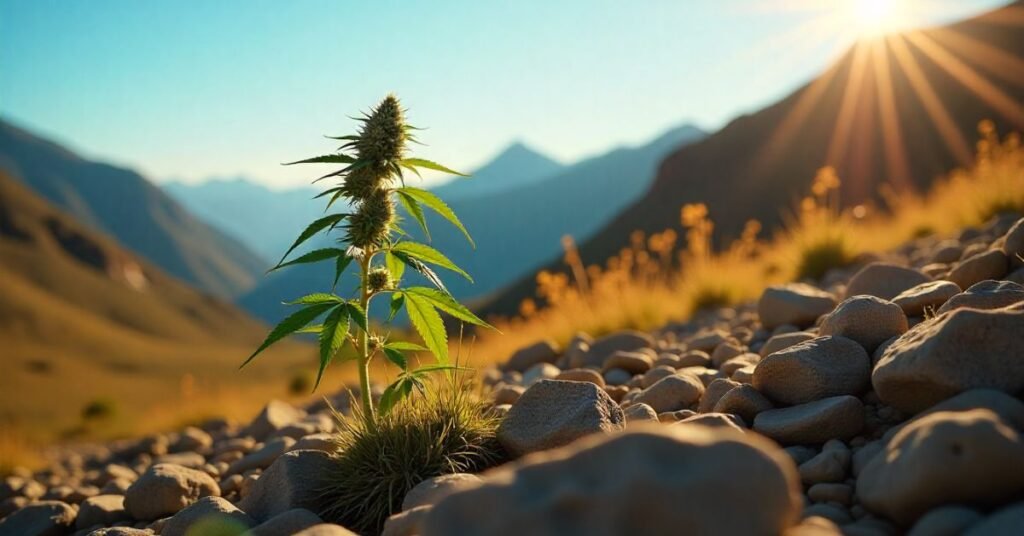
- Blend fresh cannabis leaves with apples or carrots.
- Add lemon or ginger for extra flavor.
- Drink it fresh for the best nutrients.
- Use it as a morning energy boost.
- Store in a fridge for a short time only.
Use Them to Make Thai Sticks
You can use cannabis leaves to make Thai sticks. Wrap the leaves around cured buds and tie them tightly with hemp fiber. Coat the stick with resin or oil to seal it.Dry and cure it for a few days. This method gives a smooth and flavorful smoke. Thai sticks are a traditional way to enjoy cannabis in a natural form.
Conclusion
Cannabis leaves are useful in many ways. You can use them for tea, juice, seasoning, or compost. They also help you understand the health of the plant. By learning about their growth and uses, you can enjoy more benefits. Plants should be cared for from top to bottom.
FAQs
Q1: Are cannabis leaves safe to eat?
Yes, you can eat cannabis leaves raw, in smoothies, or as seasoning.
Q2: Can I make tea with cannabis leaves?
The leaves of cannabis can be boiled either fresh or dried to make a soothing tea.
Q3: Do cannabis leaves have health benefits?
Yes, they may support digestion, boost immunity, and provide antioxidants.
Q4: Can cannabis leaves show plant problems?
Yes, yellowing, curling, or spots on leaves can signal stress or disease.
Q5: What can I do with extra cannabis leaves?
You can use them for juicing, cooking, or add them to compost.

